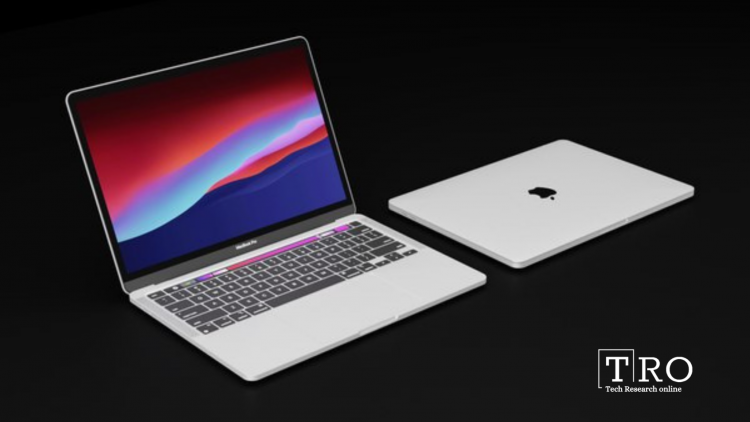Leaks and rumors about Apple’s products have become a mainstream sport. In the latest episode of Apple leaks, the second-generation refreshes of the current 14-inch and 16-inch MacBook Pro design could arrive as early as this fall. The updated laptops will feature more powerful chips based on Apple’s M2, claims Bloomberg’s, Mark Gurman.
No major changes to visuals or features
Mark Gurman, in his weekly ‘Power On’ Newsletter, wrote that the overall design of the MacBook Pro is likely to stay roughly the same, with no major new visual changes or features beyond what comes with the M2 generation of system-on-a-chip. In the past, the journalist has accurately reported on upcoming Apple products.
Gurman, unsurprisingly, predicts that the two new MacBook Pro models will offer buyers a choice between M2 Pro and M2 Max Chip. These chips will be much faster and more oriented toward heavy-duty workflows than the M2 that shipped over the past couple of months in the 2022 refreshes of the MacBook Air and 13-inch MacBook Pro.
He further wrote, “Look for much of the focus to be on the graphics side.” That makes sense; the M2 offered a modest boost in CPU performance over its predecessor (10 to 20 percent, depending on the task), but it offers substantially better graphics performance—up to 40 percent faster.
An early launch
A fall launch would suggest that the MacBook Pro will be adopting an iPhone-like annual update cadence. But it also seems a little more aggressive than we would have expected. The M1 Pro and M1 Max rolled out a full year after the first M1 machines, so if Apple were to keep the same pace in its second generation of chips, we expect the MacBook Pro refreshes in spring 2023, not fall 2022.
Gurman acknowledges that’s a possibility, too. “Given the continued supply chain challenges,” he writes, it’s hard to predict exactly when these will hit store shelves. Still, it is plausible that the laptops will arrive this fall, despite Apple’s M1 rollout pacing. That’s in part because it might be faster for Apple to develop second-generation chips than the first go.
New feature alert: Stage Manager
According to Gurman, Apple’s new Stage Manager iPad multitasking system “doesn’t replace the need for a real Mac-like interface. Also: The company cuts its last ties to Jony Ive, Peloton stops producing equipment in-house, and Tesla’s Autopilot chief leaves after taking a four-month break.” He further added that for now, though, the current iteration of Stage Manager falls short of the mark, in my opinion. Here’s why:
- The ability to bounce into one main app that sits in the middle of the display isn’t compelling. The long-existing ability to Command-Tab between multiple full-screen apps is far better.
- Some apps don’t work as well in Stage Manager and are hard to use simultaneously with others. And that may not change soon. Many developers I have spoken to aren’t planning to update their apps in the near term given that the feature is optional and only exclusive to some high-end iPads.
- The system confusingly moves windows around when you drag one of them. Sometimes it resizes windows incorrectly. And Stage Manager hides window controls—like a close button—behind a menu. It also often swaps the corner in which the resize indicator sits.
Samruddhi Chaporkar is a Technical Content Writer and Digital Marketer. She is passionate about sharing Tech solutions with the hope to make a difference in people’s lives and contribute to their professional growth. you can follow her on LinkedIn and Twitter.
Source by techresearchonline.com






























